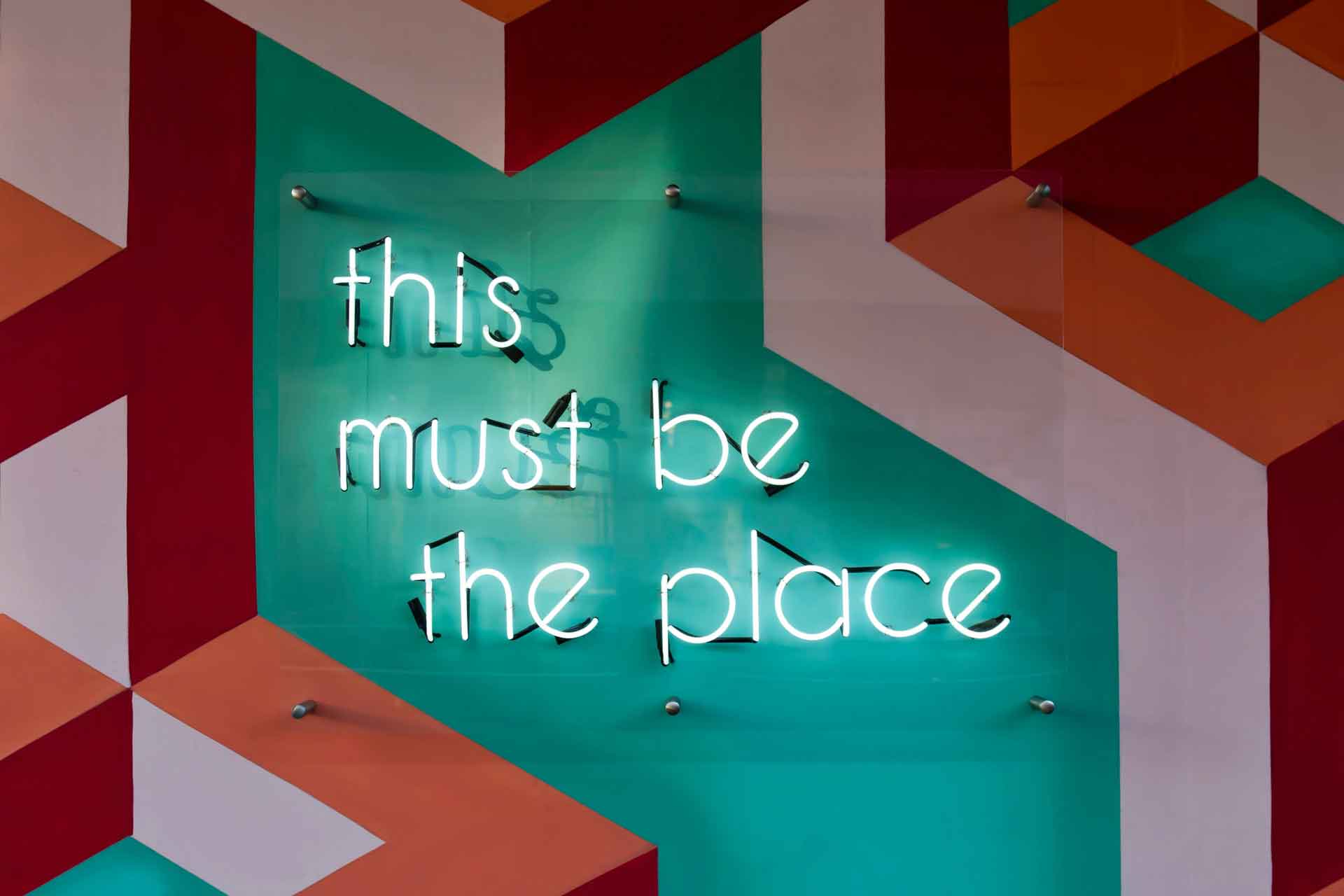Learning business resilience with a game

Whether you are an entrepreneur or you have been working in an organization, you probably have had to operate in the face of uncertainty.
Uncertainty is everywhere
There is uncertainty in the political and economic system, there is also uncertainty related to climate change, and there is uncertainty related to your industry, your competitors, and your own organization.
At the system level, digitalization and broader access to the internet enabled millions of people to become entrepreneurs and to start a business at a very low cost. The more people you have starting their business, the higher the chance that one of them will have a great idea that will propel them directly into your competitive landscape.
What is positive about more companies and more competitiveness, is that organizations are ‘forced’ to look at what their customer base wants, rather than pushing products onto them that only do half the job. The offer is therefore better suited to demand, but there is also a downside: the more competitors, the more difficult to get market share, and the more difficult to yield a (profitable) revenue.
Pressure on production costs increases with the number of competitors, unless there is mutualization of resources.
Next to competitive uncertainty, external events are also playing their role: political instability, economic turmoil and climate change affect resources prices and availability, purchasing power, and therefore both the offer and the demand side.
So, yeah. There is a lot of unknown when starting off your business.
However, there is one element that organizations can develop to be better equipped against uncertainty: resilience. Resilience and adaptability have helped human beings, organizations, and societies to survive in the face of – as an example – wars and pandemics.
Resilience is the ability of a substance or object to spring back into shape.
It can therefore be described as the ability to stretch under pressure, but to not lose one’s quality or essence, and to come back to a state where one operates without tension.
What does resilience mean for businesses?
Successful businesses develop competitive advantages, which help them secure or gain market shares by offering their customer base something that competitors do not have.
However, external events as laid out above can harm a business’ ability to maintain this competitive advantage – be it a cost competitive advantage, a resource-related or know-how-related competitive advantage.
And if the business lands unprepared into that place of uncertainty, reactive decisions will be made, and the agility of the business might soon enough show its weaknesses.
In a reactive mindset, remaining in control of costs and revenues can be daunting, and scare off employees, or lead to the business closing.
But hey, that is the worst-case scenario. And the recipe to minimize the risk is a mix of resilience and a clear vision for your business.
Having a clear vision and strategy helps organizations find guidance and make meaningful decisions in case of disruption, because although the implementation changes a bit, the direction remains the same.
We covered the importance of setting a vision and speaking a common language in this article.
How we integrate disruption in CVC
Building a vision and a long-term strategy for your business is precisely what we teach in our simulations.
And to let players understand the power of this, we create some turmoil during the game, first by entering new markets with different cost structures, then with a financial crisis that impacts production costs and demand.
Finally, our games are very competitive – but fun – and this is a major stress-test for teams’ resilience and decision-making ability.
If you would like to test it and see it for yourself, get in touch to get a demo!








